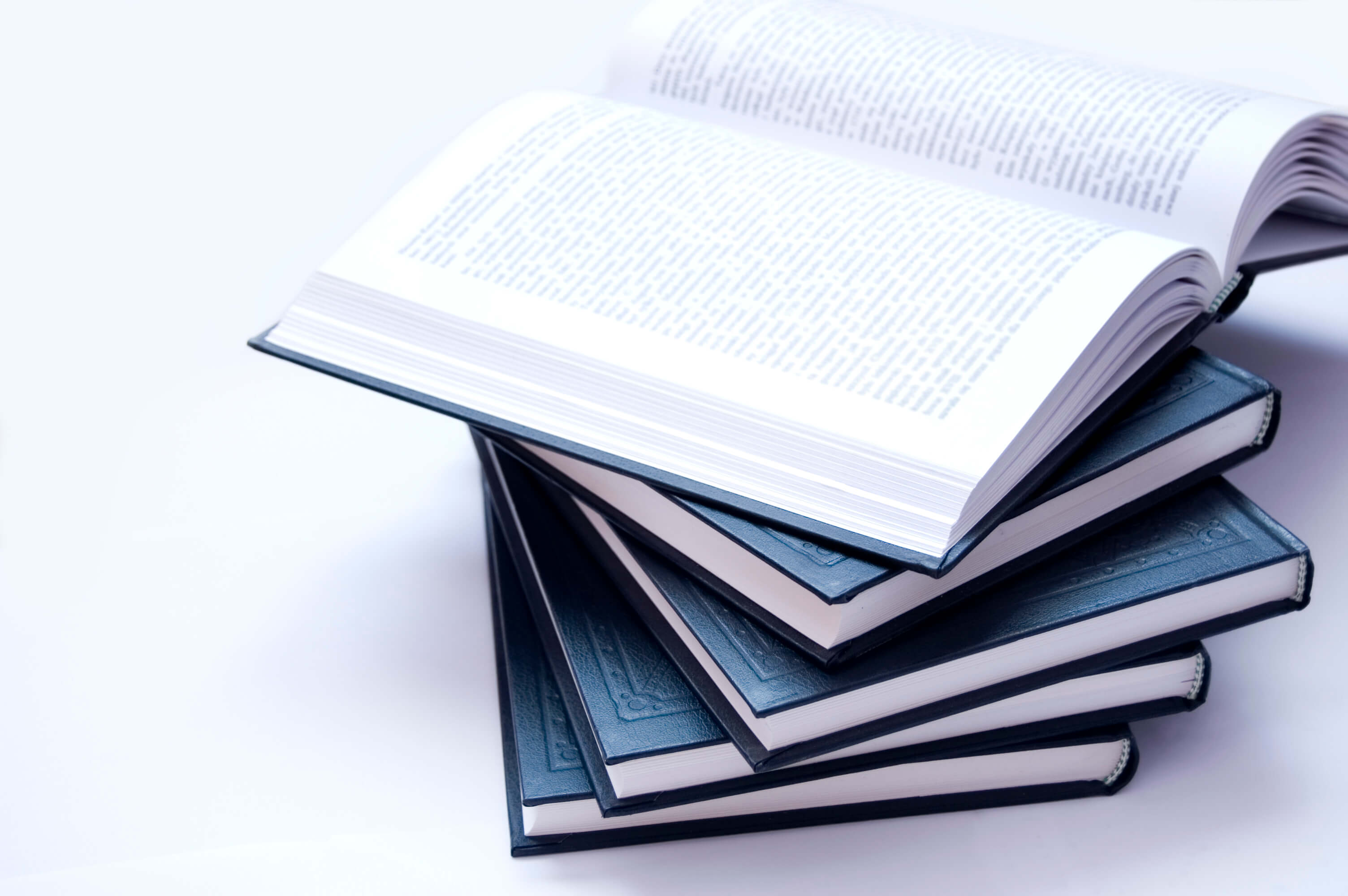-
Ўзбек тилининг изоҳли луғати 80 000 дан ортиқ сўз ва сўз бирикмаси
Барча китобхонлар учун тавсия этилади.
-
INGLIZCHA-RUSCHA-OZBEKCHA KOMPYUTER ILMI BCPYICHA OQUV LUG‘ATI
IJshbu o'quv lug'ntidan nafaqal "KoiTipyuter texnolngiyalari’' fakulteli lalaha. magislranl, aspirant va profcssor-o'qituvchilari, sluiningdek kompyutcr ilmi va uning turli ilovalarigaqmqnvehilar. tarjimoniar ham foydalanishlari munikin. Mitallillar lug'atning nashr elilishida o'zlarining llkr va mnlohnzalarini hi lil i in vela i larga samimiy m i nnaldoic hi I igin i izhor etadilar.
-
Ўзбек тилининг изоҳли луғати 80 000 дан ортиқ сўз ва сўз бирикмаси Ш
Барча китобхонлар учун мўлжалланган.
-
Fuqarolik jamiyati fanidan tushuncha va atamalar lug'ati
Ushbu lug'atdan fuqarolik jamiyati faniga oid asosiy tushunchalar, kategoriyalar, atamalar o'rin olgan. Ta'lim tizimining barcha bosqichlardagi о'quvchilar, talabalar, tadqiqotchilar va oqituvchilar, shuningdek, ijtimoiy-siyosiy masalalar bilan qiziquvchilar uchun mo'ljallangan.
-
Ўзбек тилининг изоҳли луғати 80 000 дан ортиқ сўз ва сўз бирикмаси С
Барча китохонлар учун мўлжалланган.
-
Ўзбек тилининг изоҳли луғати 80 000 дан ортиқ сўз ва сўз бирикмаси Р
Ўзбек тилининг изоҳли луғати 80 000 дан ортиқ сўз ва сўз бирикмаси Р
-
YARIM O‘TKAZGICHLAR FIZIKASI LUG‘ATI
Ushbu tarrnoq lug'ati zam onaviy yarim o‘tkazgichlar va dielektriklar fizikasi, texnika va texnologiyasining 5000 ga yaqin term inlari va term in- elementlarining ruscha-o'zbekcha va o ‘zbekcha-ruscha lug‘atini ham da yarim o‘tkazgichlar va dielektriklar fizikasiga oid eng m uhim 800 dan ortiq terminlarning m e’yoriy ta’riflarini mujassamlagandir.
-
Ўзбек тилининг изоҳли луғати 80 000 дан ортиқ сўз ва сўз бирикмалар
Барча китобхонлар учун тавсия этилади.
-
Ўзбек тилининг изоҳли луғати 80 000 дан ортиқ сўз ва сўз бирикмалар П
Барча талабалар учун мўлжалланган.
-
Ўзбек тилининг изоҳли луғати 80 000 дан ортиқ сўз ва сўз бирикмаси Ў
Барча китобхонлар учун мўлжалланган.
-
Ўзбек тилинингизоҳли луғати 80 000 дан ортиқ сўз ва сўз бирикмалар О
Барча талабалар учун мўлжалланган.
-
Fransuzcha-o'zbekcha lug'at
Mazkur fransuzcha-o‘zbekcha lug‘at, aslida, bir insonning izmi-ixtiyori mahsulidir: bu kishi, professor Pyer Shuvin, 1993-yilda Markaziy Osiyoni tadqiq qilish fransuz institutiga (IFEAC) asos soldi va bu bilan Fransiya va O‘zbekiston davlatlari orasida madaniy va ilmiy aloqalarni rivojlantirishga katta hissa qo‘shdi.
-
СЛОВАРЬ
Язык непрерывно развивается, при этом отдельные слова устаревают и становятся непонятными или малопонятными даже в контексте. Так, при чтении произведений Крылова, Грибоедова, Пушкина, Лермонтова, Гоголя, Тургенева, Л. Толстого и других русских классиков наше воображение иногда наталкивается на туманное представление об описываемых предметах, людях и понятиях. Например, что собирается сделать непредсказуемый Ноздрев, умоляя Чичикова: "Позволь, душа, я тебе влеплю один безе!" (Гоголь "Мертвые души")? В чем грехи судьи Ляпкина-Тяпкина, который "в сильнейшей степени моветон" (Гоголь "Ревизор")? Где служил отец Татьяны Лариной, если он был бригадиром, как это следует из эпитафии: "Смиренный грешник, Дмитрий Ларин, господний раб и бригадир, под камнем сим вкушает мир" (Пушкин "Евгений Онегин")?
-
Ўзбек тилининш изоҳли луғати 80 000 дан ортиқ сўз ва сўз бирикмалар Н
Барча китобхонлар учун мўлжалланган.
-
Ўзбек тилининг изоҳли луғати 80 000 дан ортиқ сўз ва сўз бирикмалар М
Барча талабалар учун тавсия этилади.
-
Ўзбек тилининг изоҳли луғати 80 000 дан ортиқ сўз ва сўз бирикмалар Л
Барча талабалар учун мўлжалланган.

